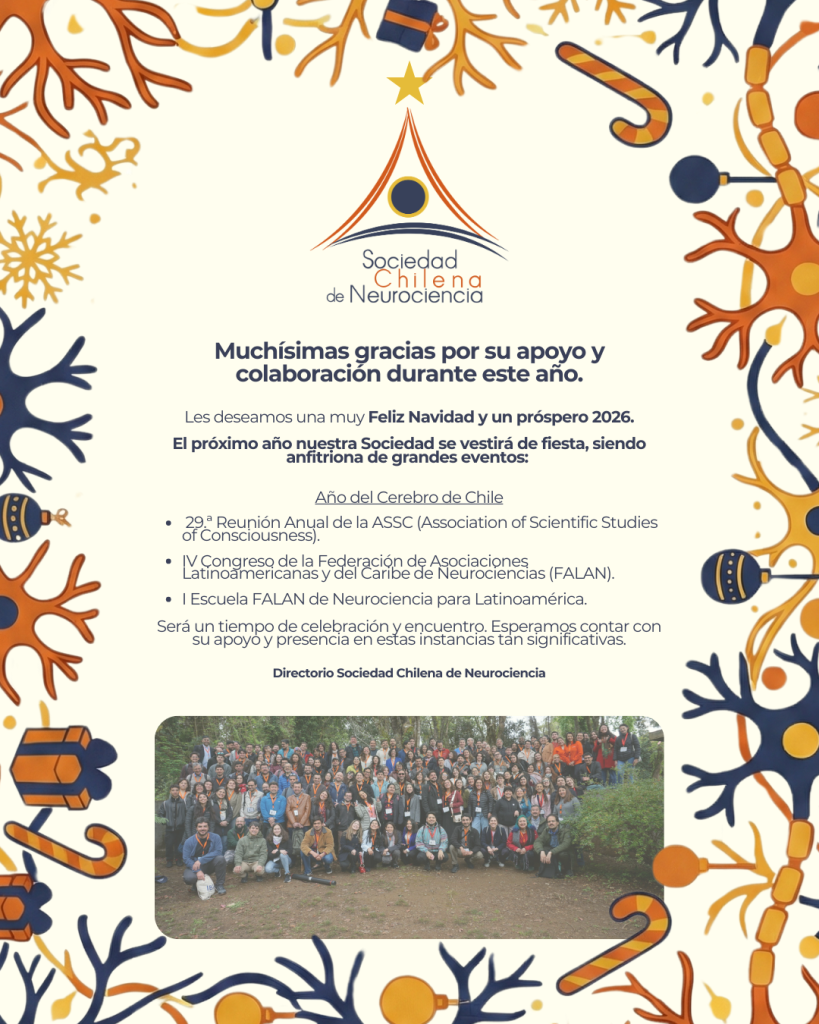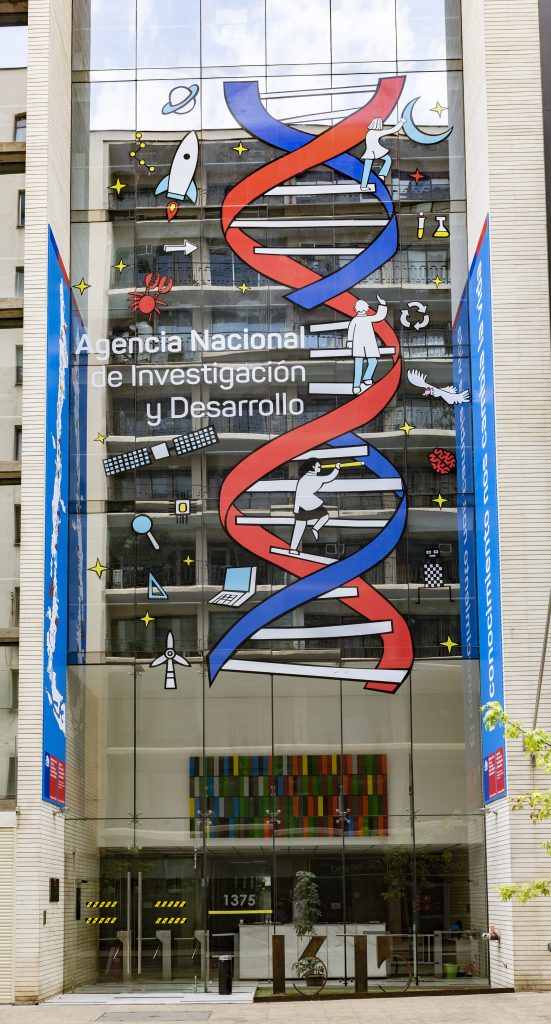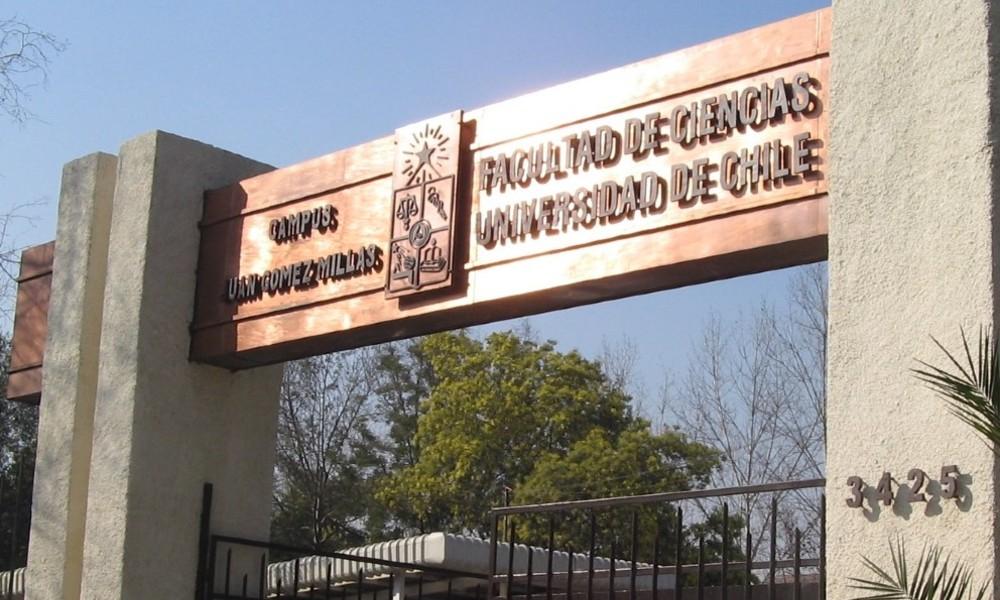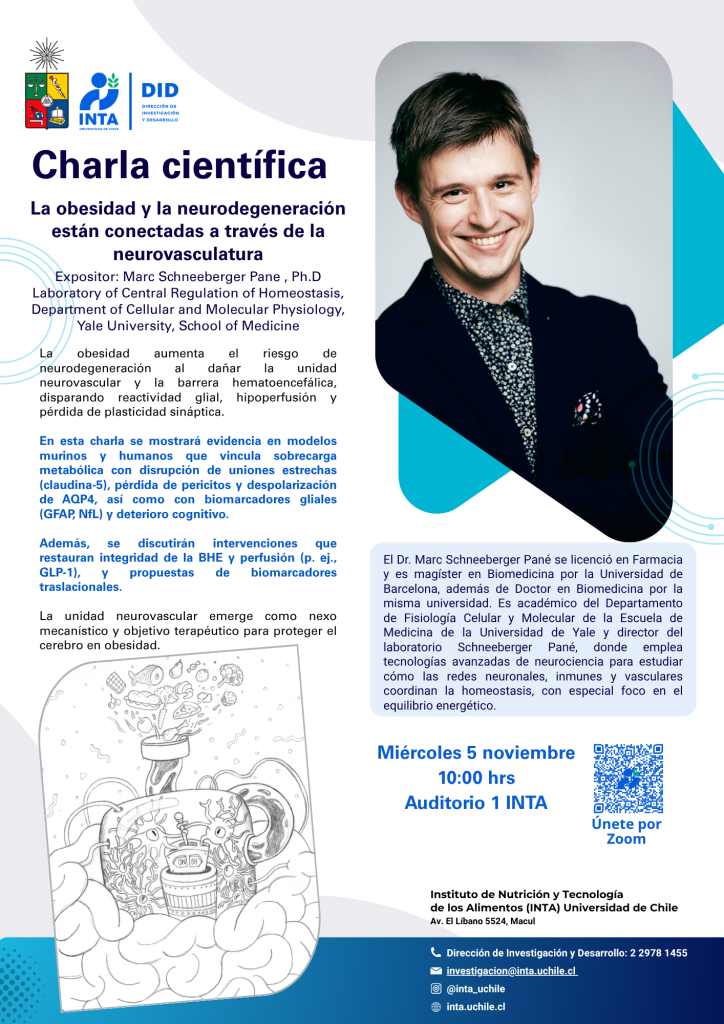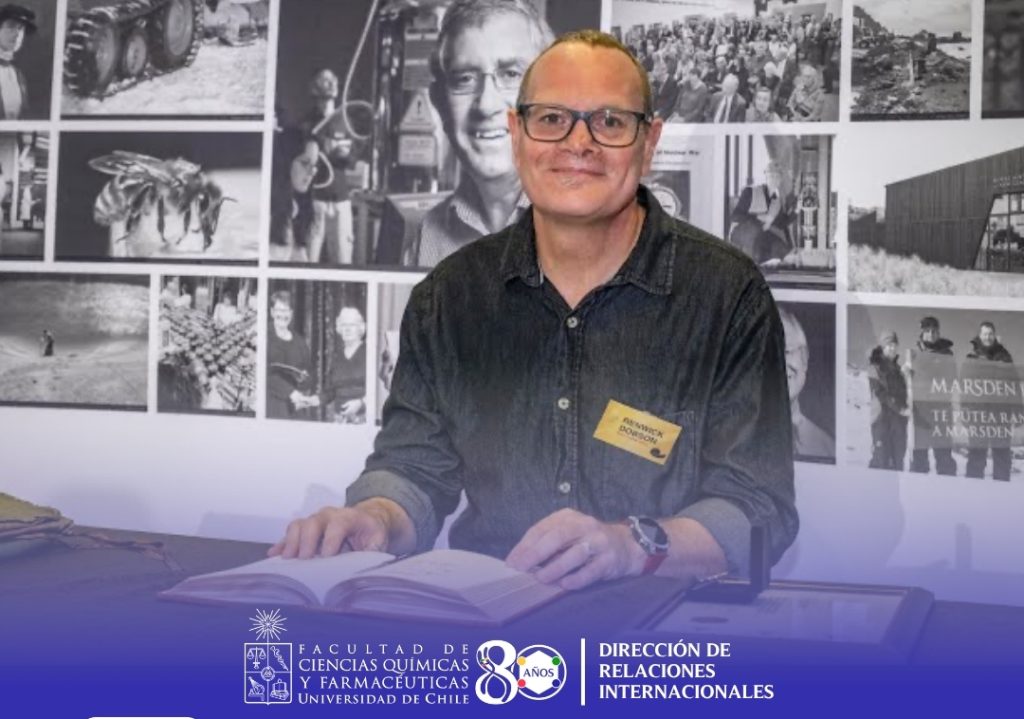
The school will be divided into microstructure and macrostructure visualization techniques, that include the most common and advanced methods in each topic. The magnetic resonance imaging topics will include small animal and human imaging. It is projected to serve 30 trainees from Latin America and the Caribbean, Canada and the US, where outstanding students will be selected to participate in an onsite advanced two-week training program.This initiative will take place in collaboration with the Federation of Latin American and Caribbean Neuroscience Societies (FALAN), the CERVO Research Center at the University of Laval in Quebec and the Mexican Society of Physiological Sciences. Moreover, the collaboration with FALAN will allow students in Latin America and the Caribbean to access the theoretical talks online on-demand.
The language of the school will be English.}
- Who can apply to this school?
- Junior Faculty
- Postdoctoral Fellows
- PhD Students
- Master Students
Student applicants must have had adequate exposure to at least 1 research technique during their graduate studies, and will be expected to have at least 1 publication.Only students from Latin America and US/Canada regions are eligible to apply for this school.
The school committee will select the students based on the applicant’s CV, motivation letter as well as reference letter.
What costs are covered for participants?
- Travel
- Accommodation
- Local transportation
- School fees
All expenses will be covered by the program for each of the students in Latin America and the Caribbean.
Program here.
Apply HERE.


